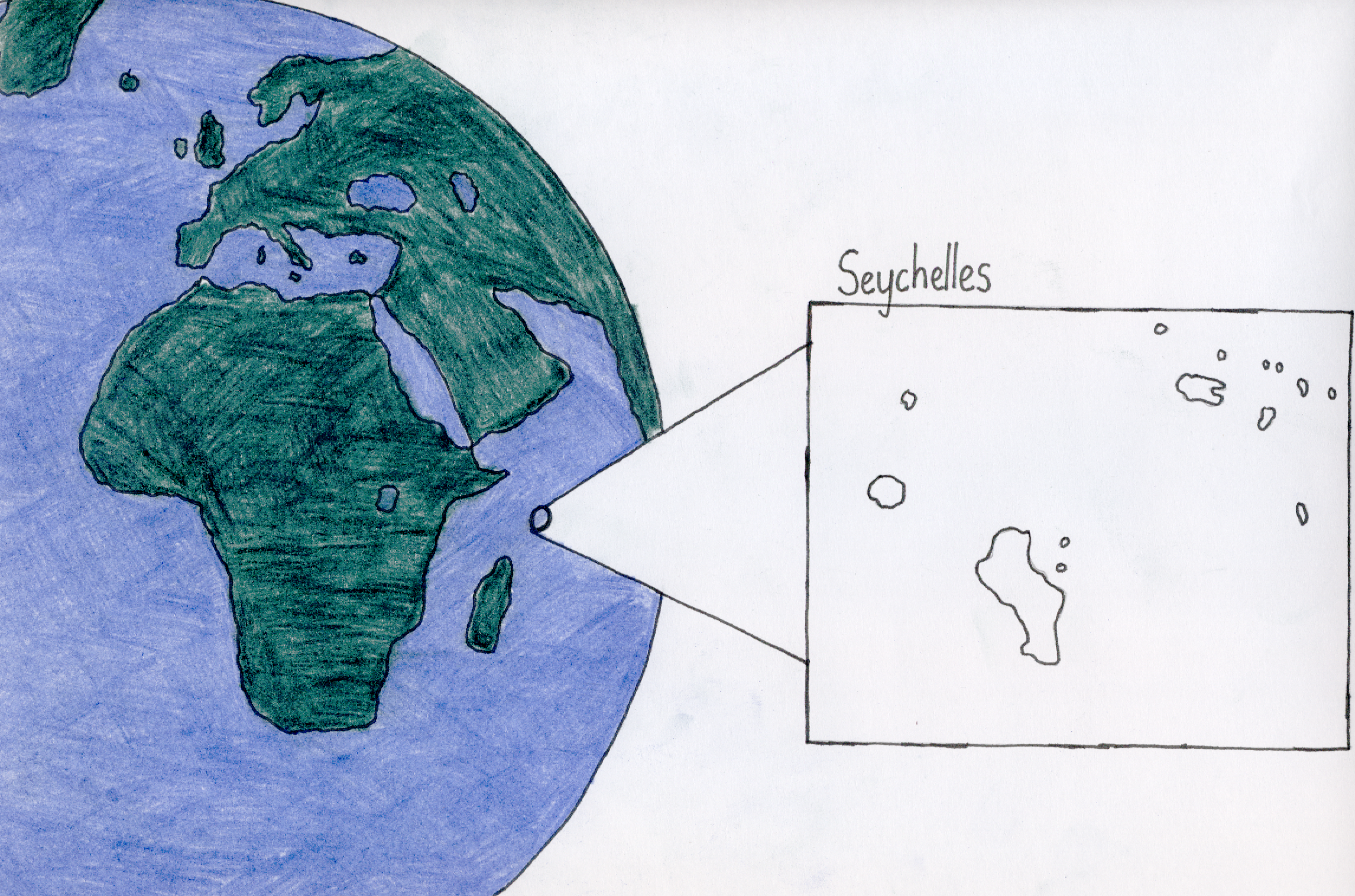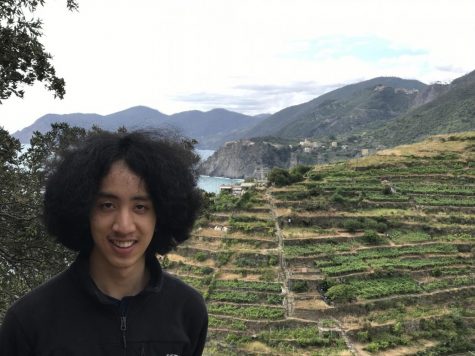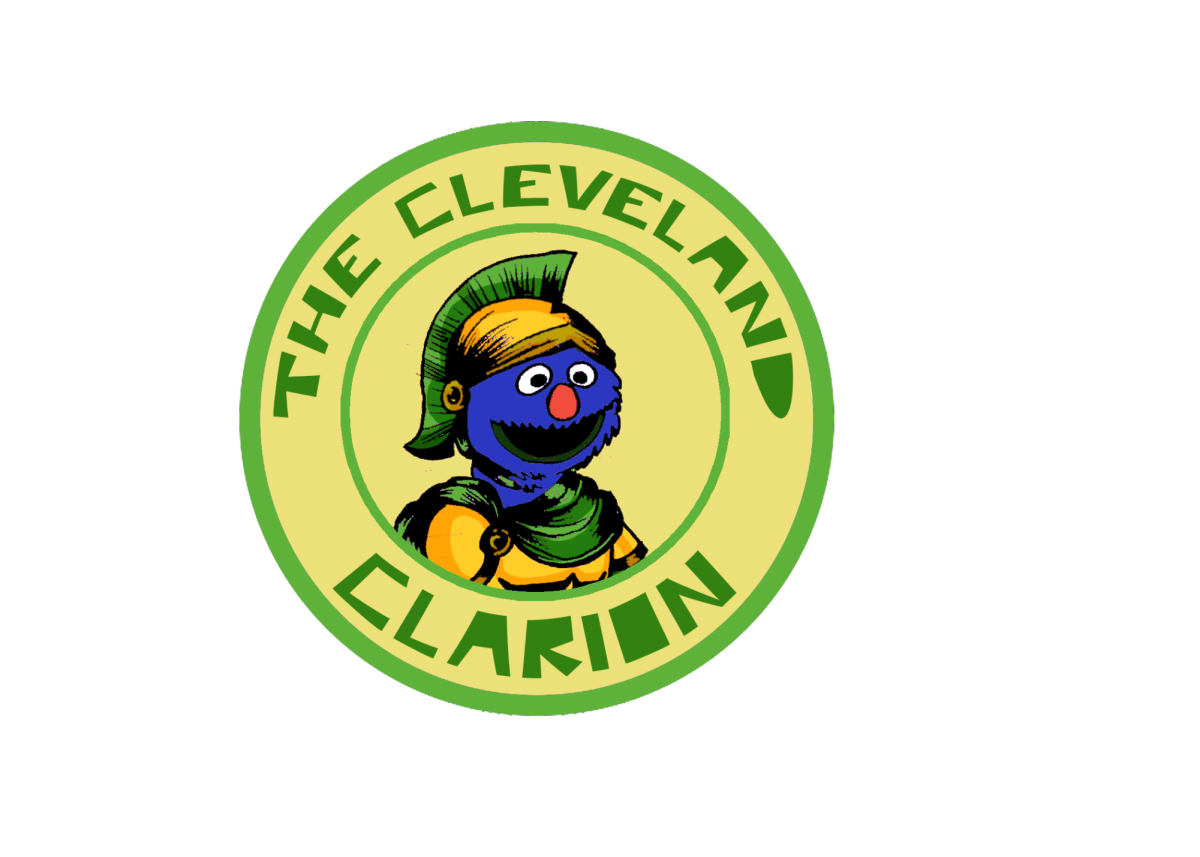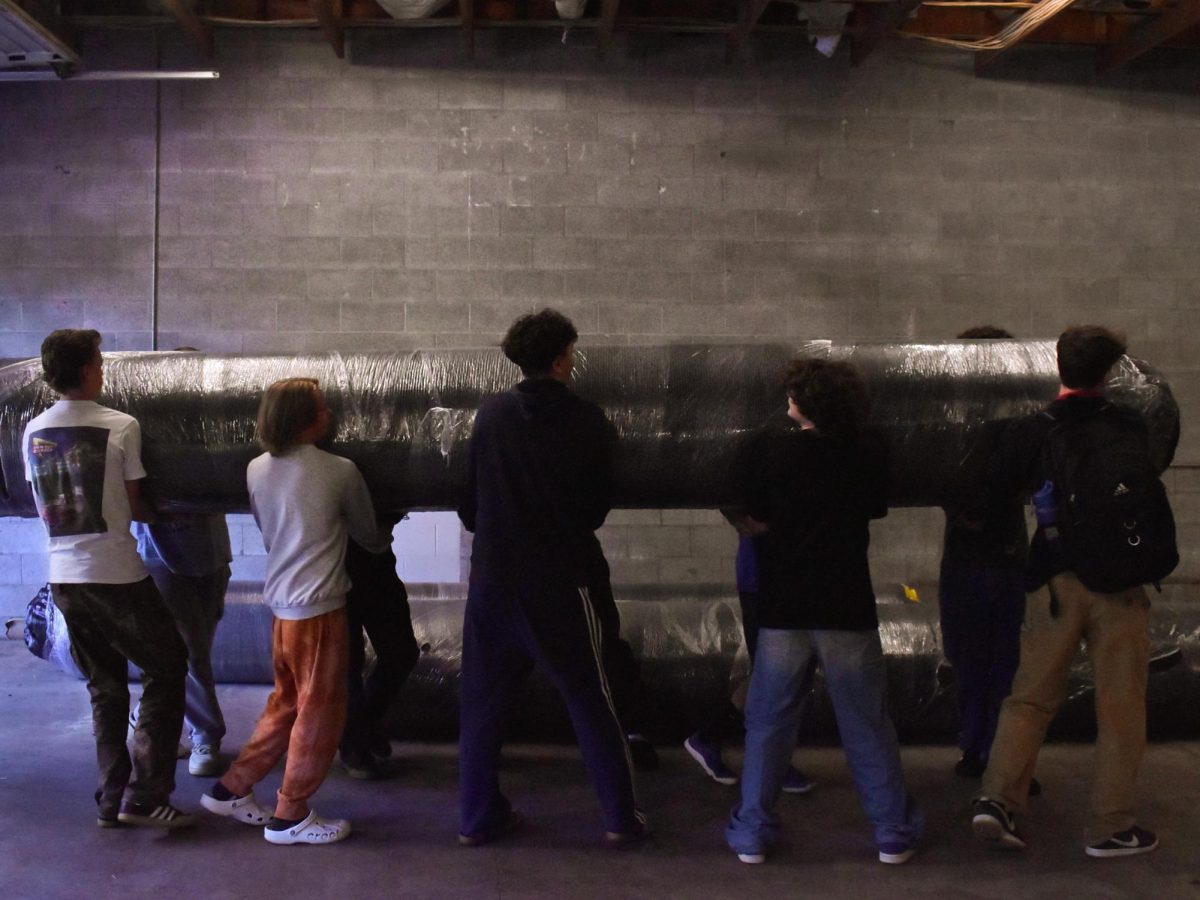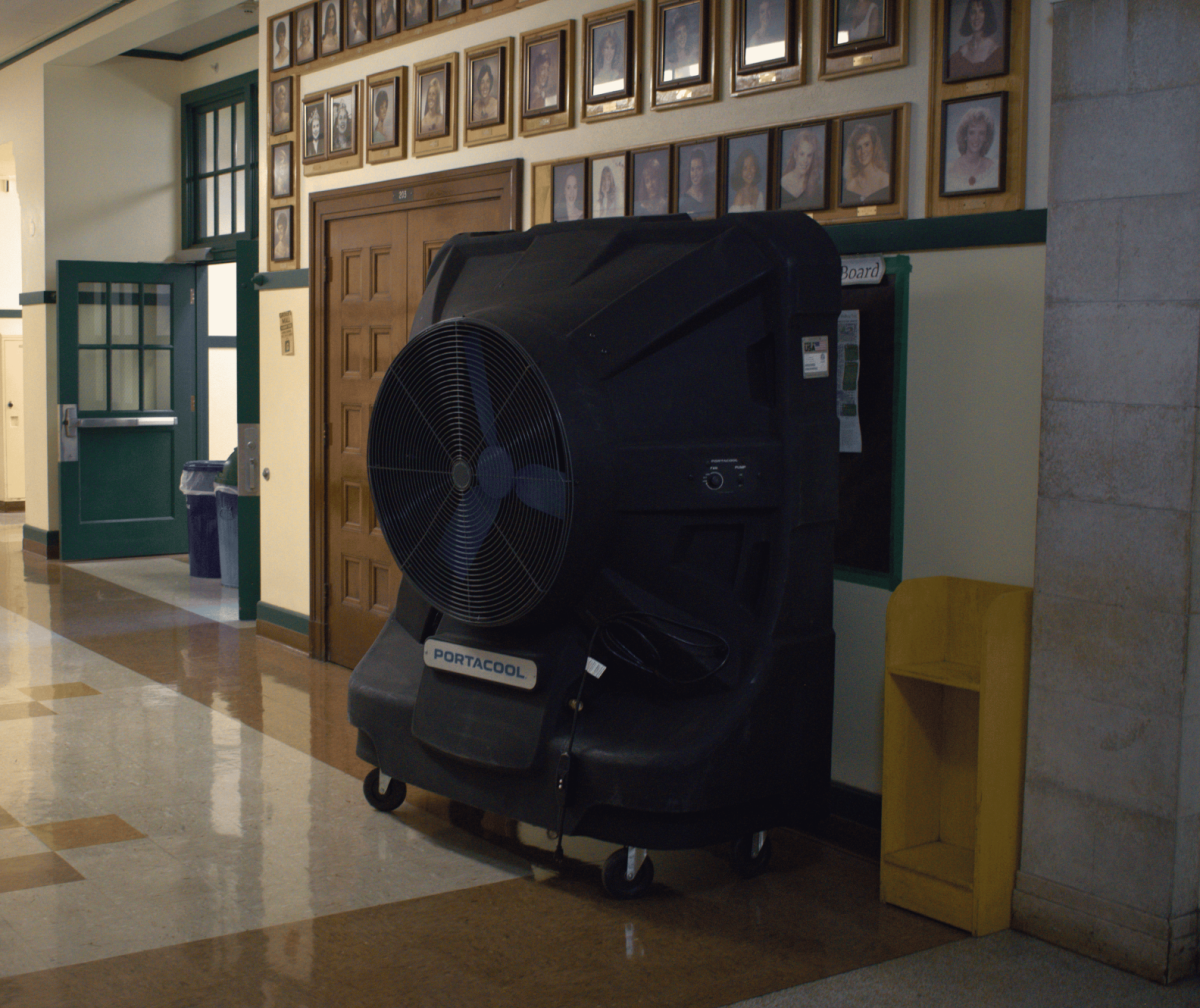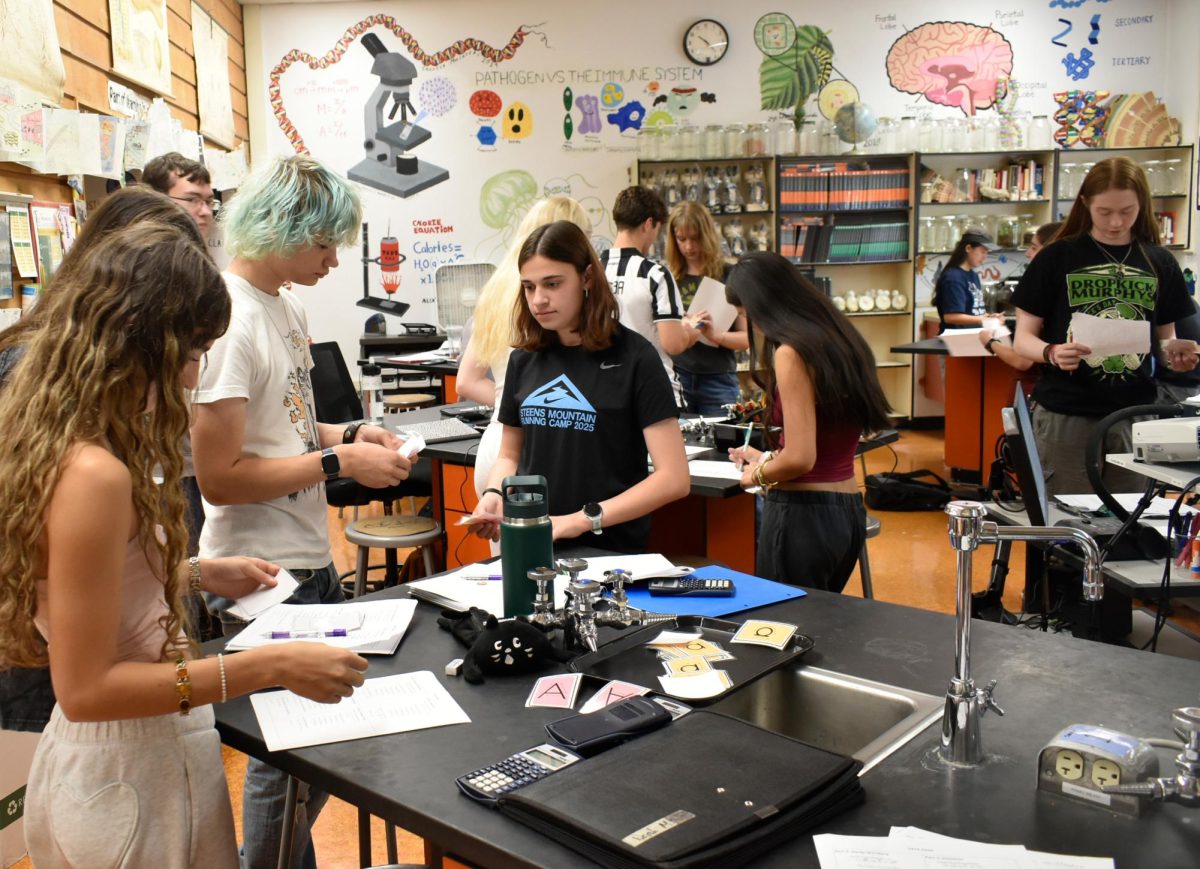The Seychelles Settlement: One Step Closer to Conservation
March 13, 2018
With the rise of climate change, oil excavation, and commercial development, among other things, the world’s biodiversity has taken a serious hit over the last several decades. The World Wildlife Fund’s Living Planet Report 2014 found that 52 percent of our planet’s biodiversity was lost between 1970 and 2010. According to current theory, a habitat should retain at least 90 percent (although some scientists put it at 70 percent) of its original species, meaning species that lived there before human interference, if it is to remain intact. So the scientifically “safe” threshold for biodiversity loss sits somewhere between 10 and 30 percent. A 2016 analysis of almost 40,000 species across 18,600 sites around the world discovered that average global biodiversity loss is 15.4 percent, with local biodiversity being at unsafe levels across 58 percent of the world’s land surface. These numbers clearly indicate that the drop in Earth’s biodiversity, while not an immediate catastrophe, is certainly not something we can let slide for much longer. And actually, we haven’t. An interesting and creative solution was implemented last month in the Republic of Seychelles, a tiny country consisting of 115 islands located in the Indian Ocean. While it may seem ambitious, and even a little bit crazy, this project could hold the answer to how we might start to preserve the world’s unique wildlife.
On Feb. 21, the Seychelles announced that it would create two marine-protected zones in a deal with The Nature Conservancy (TNC), a conservation organization based in the U.S., the Leonardo DiCaprio Foundation, and other organizations. The Seychelles would allow 210,000 square kilometers (or 135,000 square miles, more than the size of Great Britain) of its surrounding ocean to be protected from fishing, oil exploration, and development. In exchange, $22 million of the nation’s enormous debt (over $400 million), owed to Belgium, France, Italy and the United Kingdom, would be alleviated, purchased by TNC, and put towards the construction of these areas and other conservation endeavors, the first time a deal like this has ever been negotiated. The Leonardo DiCaprio Foundation donated $1 million to the project, adding to its growing international attention. Fifteen percent of the country’s territory would be protected, a number that would double by 2021, covering an area larger than Germany.
This agreement is such a huge development because of the number of problems it solves, the first being the dire economic situation in the Seychelles. As a relatively isolated island nation (it lies 900 miles east of mainland Africa), the Seychelles relies heavily on fishing and tourism to maintain its economy. Ninety-six percent of its foreign exports are fish products, and the 300,000 tourists who visited in 2016 contributed to more than 70 percent of its foreign-exchange earnings. However, due to climate change, severe storms and rising sea levels have caused a decline in fish stocks. This creates an incentive to overfish, which damages the marine ecosystem even further. Currently, 90 percent of the world’s fish stocks are either fully fished, overfished, completely gone, or recovering. Now that certain areas are protected, the local fish population around the Seychelles will increase, which will help stabilize its economy.
The deal also holds considerable environmental significance for the Seychelles because of how unique its climate is. As the oldest oceanic islands on Earth, the Seychelles became isolated from other land masses before modern land mammals evolved, so its biodiversity is truly special. Some of its native species are endemic, meaning they can’t be found anywhere else in the world. There are 80 endemic plant species and over 2,000 endemic invertebrates. The jellyfish tree, or medusagyne oppositifolia, was considered to be extinct until a few specimens were found four decades ago. It can reach a height of 33 feet, and its fruit resembles a jellyfish when cut open, giving it its name. Lodoicea, or coco de mer, is a double coconut, the largest in the coconut family, and can only be found on Praslin Island and Curieuse Island. The palms can live as long as 400 years, and it takes nearly a decade for the fruit to grow. It has some of the largest fruit (93 pounds) as well as heaviest seed (39 pounds) ever recorded. The hawksbill sea turtle is the only turtle in its genus, and the coconut crab (one of 31 species of crab found in the Seychelles) is the largest land-living arthropod in the world, measuring as long as 39 inches from leg to leg and weighing up to 9 pounds. Sooglossus sechellensis, or the Seychelles frog, can only be found in the mountainous rainforests of Silhouette Island and Mahé, between 500 and 3,300 feet above sea level.
Evidently, the Seychelles contain some of the most distinct wildlife on the planet, which makes it even more crucial that what remains is preserved. The Seychelles is home to the Aldabra Atoll, the largest coral atoll in the world, which has been largely untouched by humans. Its biodiversity has been compared to that of the Galapagos Islands, another tiny archipelago that has been isolated for a long period of time. Fortunately, Aldabra is part of one of the major conservation zones, meaning its wildlife can remain a spectacle and not an accessible target. Healthy coral reefs also have positive effects on the environment and can help reverse the effects of climate change, so the preservation of Aldabra is important for multiple reasons.
In a time where human actions have accelerated the loss of global biodiversity, the Seychelles agreement reminded us that, with a little creativity and innovation, the environment and its endangered species can be saved in ways that simultaneously solve other issues. This becomes increasingly significant as oceans rise, species die, and, above all, time runs out to solve the problems we created. Perhaps the biggest takeaway from this deal is how one should approach problem solving, not just with environmental issues, but in life in general. If you want to overcome a greater obstacle, maybe the best way to do so is to see if you can kill two birds with one stone.



